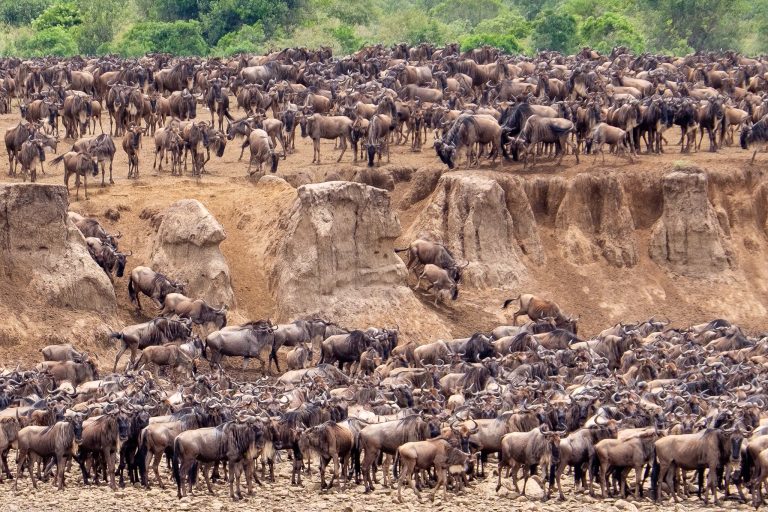The Serengeti’s Annual Migration Season
The Serengeti migration is one of the most spectacular wildlife events on the planet. Every year, millions of wildebeest, zebras, and other animals travel in a circular route along the Serengeti plains of Tanzania and Kenya. This annual migration is a remarkable feat of nature, and it has been happening for millions of years. In this article, we will explore the Serengeti migration, including when it occurs, the benefits of the migration, and how we can protect it.
What Is the Serengeti Migration?
The Serengeti migration is a natural phenomenon that occurs every year in the Serengeti plains of Tanzania and Kenya. This event involves more than 1.5 million wildebeest, 200,000 zebras, and other animals such as impala, gazelles, and elands. These animals travel in large herds, and they are followed by predators such as lions, hyenas, and cheetahs. This annual event has been described as one of the greatest wildlife spectacles on earth.
When Does the Serengeti Migration Occur?
The Serengeti migration occurs every year from late May to late July. During this time, the animals travel in a circular route around the Serengeti. They start in the north of the Serengeti, making their way south to the Ngorongoro Conservation Area in Tanzania. They then travel northwest to the Masai Mara Reserve in Kenya, before heading back to the north of the Serengeti.
What Are the Benefits of the Migration?
The Serengeti migration is an important event for the local ecosystem. The migration helps to spread nutrients and keep the grasslands healthy. It also helps to promote biodiversity, as the animals bring new genes to the ecosystem. The migration also provides an important source of food for predators such as lions, hyenas, and cheetahs.
How Can We Protect the Migration?
The Serengeti migration is under threat from human activities such as poaching, habitat loss, and climate change. To protect the migration, it is important to protect the Serengeti’s natural habitats and reduce human impacts on the ecosystem. It is also important to educate local people about the importance of the migration and to work with local communities to reduce threats to the migration.
The Serengeti migration is an incredible natural event that has been happening for millions of years. It is an important event for the local ecosystem, and it provides an important source of food for predators. To protect the migration, we must work to reduce human impacts on the Serengeti’s habitats and to educate local people about the importance of the migration.


